Restorative Dentistry Eugene
Renewing Your Smile’s Strength & Function
Restoring your teeth following decay or damage is important to your oral health. Our staff at College Hill Dental can fix damage and replace missing teeth while improving your ability to chew properly and may even improve your speech. If you are experiencing tooth pain, discomfort, or are only chewing on the other side, we can help with restorative dentistry in Eugene.
Why Choose College Hill Dental for Restorative Dentistry?
- Multiple Sedation Dentistry Options Available
- In-Network with Many Leading Dental Insurance Providers
- Same-Day Emergency Dental Appointments
Tooth-Colored Fillings
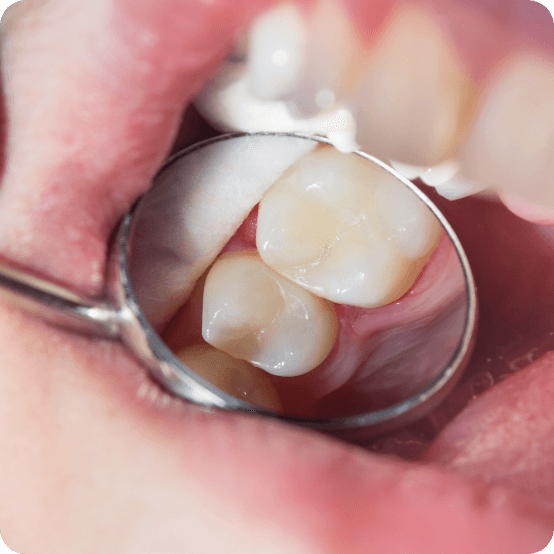
While traditional cavity fillings are made from dark metal amalgam and stand out when you smile, tooth-colored fillings are – as the name implies – designed to blend in seamlessly with your pearly whites. They’re made from composite resin, a putty-like material that can be shaded to match the color of your tooth enamel. Unlike metal, the resin can chemically bond with your tooth, which means we don’t need to remove as much – or any – natural tooth structure in order to place the filling. Ultimately, tooth-colored fillings are the healthier and cosmetically superior way to repair decayed teeth.
Dental Crowns

A dental crown is a treatment provided to help restore teeth affected by damage. It is a cap-like restoration that is designed to encase the entire visible surface of the affected tooth. It works to hold the damaged tooth together, preventing further damage and infection, while also restoring its strength so that it can function normally.
Learn More About Dental Crowns
Tooth Extraction
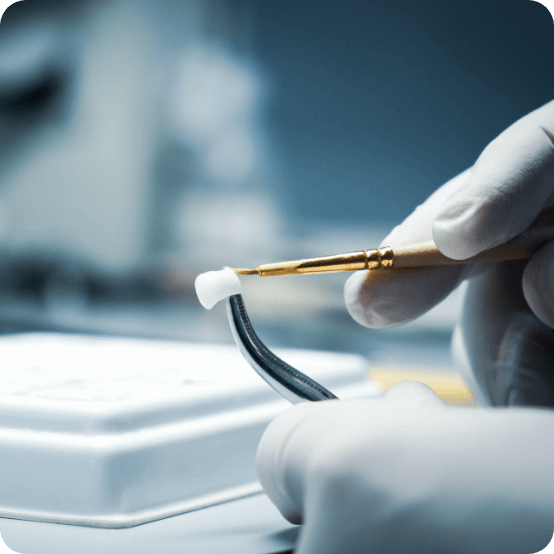
Whenever possible, our team strives to help patients keep their natural teeth for a lifetime. However, there are some circumstances in which it is best to remove one or more teeth, possibly due to infection, decay, or advanced gum disease. If you ever require an extraction, you can trust us to handle the procedure as gently as possible. We also offer state-of-the-art tooth replacement options.
Learn More About Tooth Extractions
Dental Bone Grafts
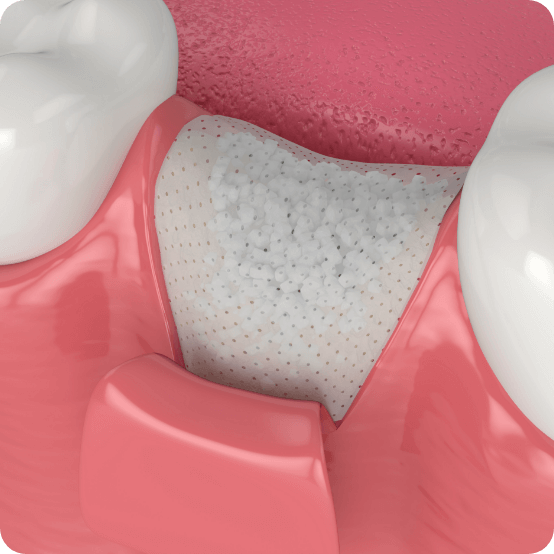
Bone grafting is a surgical procedure that is used to fix problems associated with the bone or joints. It involves transplanting bone tissue, and in the field of dentistry, it is most completed so that there is enough bone available to support dental implants.
A bone that has been attacked by gum disease, or atrophied from tooth loss, can be bulked up through a simple bone graft. This procedure is often done in preparation for restoration. By applying bone fragments to your damaged bone, you can grow new and healthy bone material. Our staff at College Hill Dental can work with you to evaluate, diagnose, discuss, and create a treatment plan to restore your oral health through the restoration of bone health.
Your jawbone is subject to damage whether from infection, atrophy, or trauma. It can lose mass, change the look of your facial shape, be unable to support teeth properly, or cause jaw problems known as TMJ dysfunction which prevents the jaw joint from opening or closing properly.
- Chronic Periodontal Disease: When a patient suffers from chronic periodontal disease, or gum disease, the damage affects both soft and hard tissue. The infection can eat away at the bone, causing large areas of the bone to be pitted or unsupportive of your teeth.
- Atrophy: The loss of a tooth is more than simply a missing tooth; your bone health relies on the movement of teeth to keep it healthy. When a patient loses the tooth root and tooth, the bone responds with immediate atrophy.
- Trauma: Bone loss can occur from trauma, breaks, fractures, and more. Patients who have taken an impact to their jaw should have x-rays done to determine the level of trauma, some injuries can be less obvious.
Dental Bone Graft Surgical Process
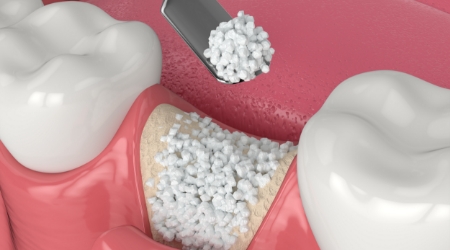
The surgical process for a bone graft procedure is done in our dental office, quickly and easily. We first ensure the patient’s comfort with an anesthetic; a local anesthetic is often all that is necessary. We open the tissue to reveal the bone that needs to be bulked up. We apply a bone material; there are options for bone material that we use. The most used bone fragments include some of the patient’s bone that is harvested from another area. We also can use synthetic bone and donated bone.
We place the bone fragment and then suture the area closed with stitches. The soft gum tissue should heal within a few days, but the bone will require a few months to grow.
Once we have determined that sufficient bone has grown, we can then proceed with the restoration.
Tooth Restorations
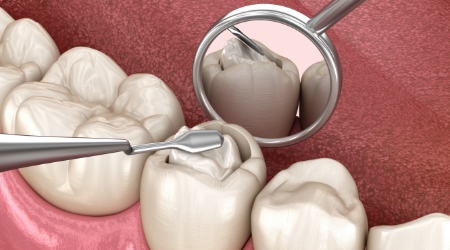
One of the most common restorations performed following a bone graft is the restoration of a tooth with the insertion of a dental implant. Dental implants are metal or acrylic devices that we sink into the bone to replace the root of a missing tooth. The bone will heal around the implant bonding the two together, creating a firm anchor for a dental crown or other prosthetic to then be attached to. The dental implant can also serve as an anchor for other prosthetics including a dental bridge, partial denture, or full denture. Bone health is important to the success of the implant, and a bone graft allows the patient to have a healthy bone.
Root Canal Treatment
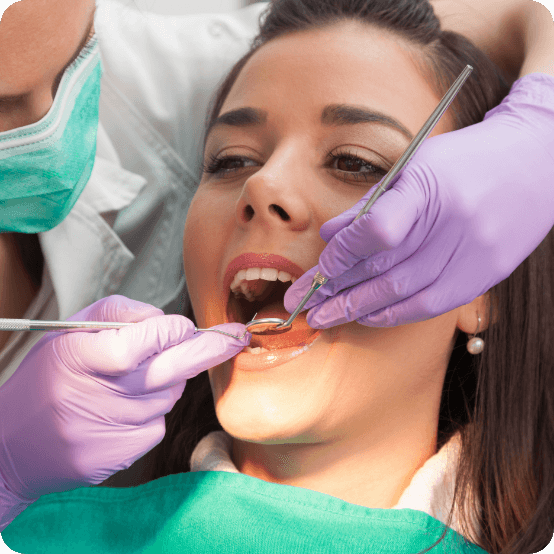
Root canal treatment is a procedure we perform when the inside pulp portion of a tooth has become infected. Though patients often fear the thought of a root canal procedure, it is the infection they should fear more. Your body is incapable of healing from a pulp infection on its own; the infection will only continue to rage until it kills the tooth and possibly spread to neighboring teeth. The only way to keep the tooth and remove the infection is through root canal therapy. We will open the tooth, remove the source of the infection, cleanse the area, and restore the tooth.
A root canal procedure is needed when the inner portion of a tooth has become infected. Though patients never want to hear that it’s needed, infected tooth pulp cannot heal itself. Our team at College Hill Dental can help, we can review the problem, locate the source of the infection, remove the source, and restore the tooth to health. We can help you have a healthy smile, strengthen your teeth and give you a beautiful look.
Why Do I Need a Root Canal?
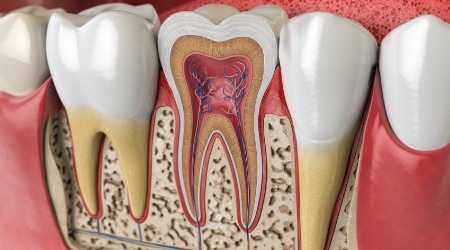
Root canal treatment is needed when bacteria have found a passage to the inner portion of your tooth. This is often due to bacteria creating a deep cavity, but can also occur when the tooth has fractured, tiny cracks in the tooth have formed, or a filling has experienced shrinkage creating space between the filling and tooth.
Some patients may experience dull pain or sensitivity; others may have much more obvious pain, neither should be ignored. An infection inside your tooth will not heal, it will spread in the narrow web of canals to neighboring teeth, destroying your teeth, bone, and gum tissue. The results will be painful and expensive. There are only two options, to remove the infected tooth or to have a root canal procedure.
Removing the infected tooth is a possibility, but not one that we recommend. Missing teeth will cause a cascade of effects, some that are immediately noticeable, and some that will show after years. Missing teeth can cause difficulty in your ability to chew, in your speech, leave room for neighboring teeth to roam in an uncontrolled fashion and result in bone loss. When possible, we always recommend saving the natural tooth structure.
Root Canal Treatment Procedure

A root canal is not painful, as often described, it releases the pain that is already brewing inside. We begin the root canal by providing the patient with a local anesthetic to provide pain relief. Once numb, we then create a space inside the tooth to reach the pulp. We remove all of the inner portion, the pulp, the nerve, and the infected material. When the tooth was growing, this inner pulp was needed, but once the tooth is fully formed, it no longer is. The canal is then cleansed with an antibacterial wash and filled with a medicated rubber material. The tooth is finally sealed with filling material and covered with a dental crown.
Dental crowns are expensive; this is because they are always custom-made and fitted. Having a tooth covered with a dental crown provides the tooth with much-needed strength. With the tooth covered, it is now strong enough to use for regular chewing.
We recommend patients to protect their teeth; this can be done through a regular hygiene routine, along with maintaining a working relationship with our dental office where we can evaluate the status of your teeth and help you catch problems before they become bigger. Having a healthy smile will assist in your overall health along with your comfort and confidence.





